The average New Zealander currently spends about 43.3 hours at their job each week. For everyday workers, there isn’t much time left to focus on physical and mental wellbeing. Not surprisingly, the solution one arrives at is that the workplace needs to become an atmosphere whereby health and wellbeing are nurtured.
At a minimum, the workplace should maintain an employee’s health however it may also become the surroundings that actively seeks to prevent unhealthy behaviours and therefore the diseases that arise from them.
So, what are the pragmatic and significant interventions that facility managers and designers can create to form healthier environments and generate positive enhancements for everyday workers?
Ergonomic office design is the basic principle to design the surrounding workplace, instead of forcing employees to fit into a tight office box, thereby creating a cocoon of efficiency.
At any scale, there are some achievable improvements to create a healthier and happy workspace.
Small
At the very least targeting are air quality through good ventilation is a start, and use of low-VOC materials, as well as natural light if possible. At the smallest of scales, daylight could also be impractical however the utilization of advanced lighting systems can facilitate employees see clearly whilst avoiding disruption to natural circadian rhythms through brightness and visible spectrum controls. A biophilic design strategy is also readily feasible.
Biophilic design is based on our inherent need to connect with nature in the modern built environment. An extension of the theory of Biophilic design recognizes that our species has evolved for more than 99% of its history in adaptive response to the natural world and not to human created or artificial forces. These natural interventions should form part of an integrate d environment – something that can still be achieved in the smallest of workspaces through such things as green walls or potted plants which will filter carbon dioxide and VOCs. When interplayed with light and natural materials, one can very quickly create an inherent sense of comfort and wellbeing.
d environment – something that can still be achieved in the smallest of workspaces through such things as green walls or potted plants which will filter carbon dioxide and VOCs. When interplayed with light and natural materials, one can very quickly create an inherent sense of comfort and wellbeing.
Active workstations are another useful, instantly achievable solution, as in the case of The Canterbury Employers Chamber of Commerce. These desks have been found to significantly increase daily physical activity and reduce the blight of sedentariness inherent in many contemporary professions.
Simply taking down interior walls, or replacing them with glazing, and raising ceilings can make a space much more hospitable. Hairy Lemon Digital Agency New Zealand is a simple example of this, by removing interior walls and maximising natural light to create a more welcoming, comfortable space. Natural light has been proven to be beneficial for health and productivity through decreased stress levels.
The challenge in this solution arises with the balance between the bright and airy open-plan office, and the necessity for privacy in certain workspaces. There is a way to achieve just that. Natural light and high ceilings create a sense of openness, while the tall workstation partitions still allow for privacy.
Medium to Large
With an increase in area, there comes scope for the inclusion of much more diverse spaces, some of which will better solve the conflict between the health benefit of a bright and airy space and the need for private conversation.
Others though can start to serve workers health needs such as the promotion of physical activity. The City of New York published a set of Design Guidelines which speak to buildings being places which facilitate and encourage exercise. This resource is promoted by the Center for Active Design, which uses design to foster healthy and engaged communities. 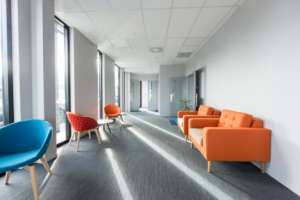
If more space is available, then showers, lockers, and easily accessible drinking fountains might be incorporated which will be an encouragement for bicycle commuting. They also present the opportunity for a lunchtime jog around the block or a local park.
How to make stairs more likely to be used over elevators? In existing buildings, this will likely be tricky to achieve, but fire-rated glass enclosures instead of typically opaque partition walls would be a start. Research also suggests highlighting views of interest or towards nature or perhaps more achievable interventions such as letting stairs appeal to the senses through the incorporation of artwork or the use of inviting colours.
As spaces get larger though, adequate ventilation and air circulation become ever more important. Installing large fans can ensure air keeps moving within a space, reducing the need for more powerful air conditioning systems, removing indoor air pollutants, and promoting a more consistent air quality throughout.
With larger buildings, however, comes larger groups of people and greater need, and difficulty, in keeping all happy, healthy, and productive.
A Business Case for Wellness Interventions
Let’s face it, most businesses focus on the bottom line, but something as basic as access to natural light has been found to improve the health of workers and, importantly for employers, increase productivity in industrial environments due to improved colour rendering and the better quality of light.
These are the simplest solutions, providing workers with healthy and inviting places, minimal further interventions are likely meaningful, and potentially profitable, without undue burden.
Get in touch if you need to implement some solutions for a happier, healthier working environment.

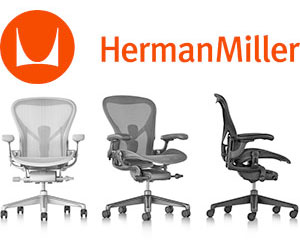


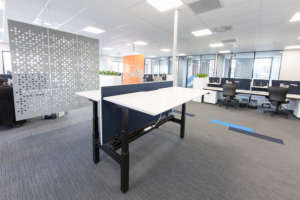
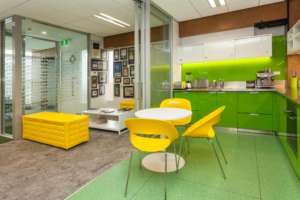

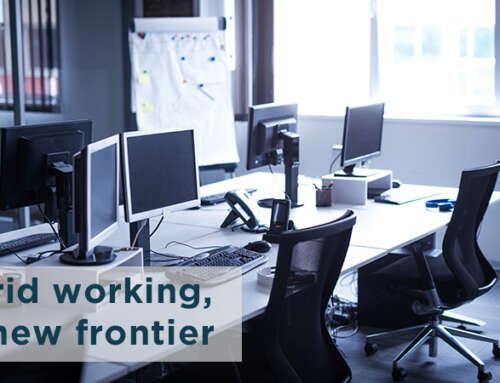
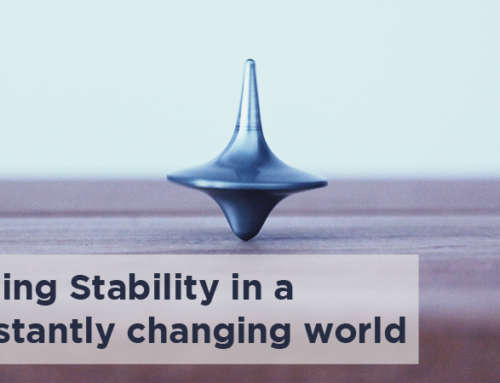
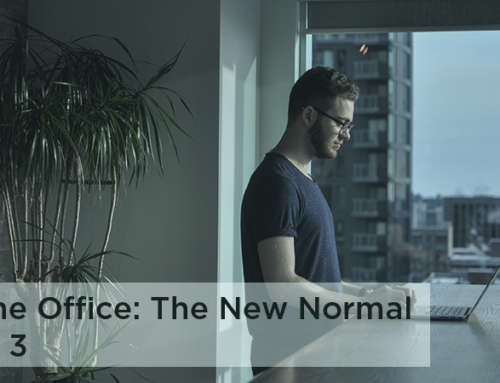
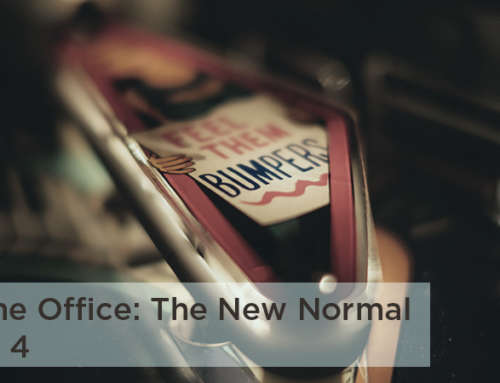
Leave A Comment
You must be logged in to post a comment.